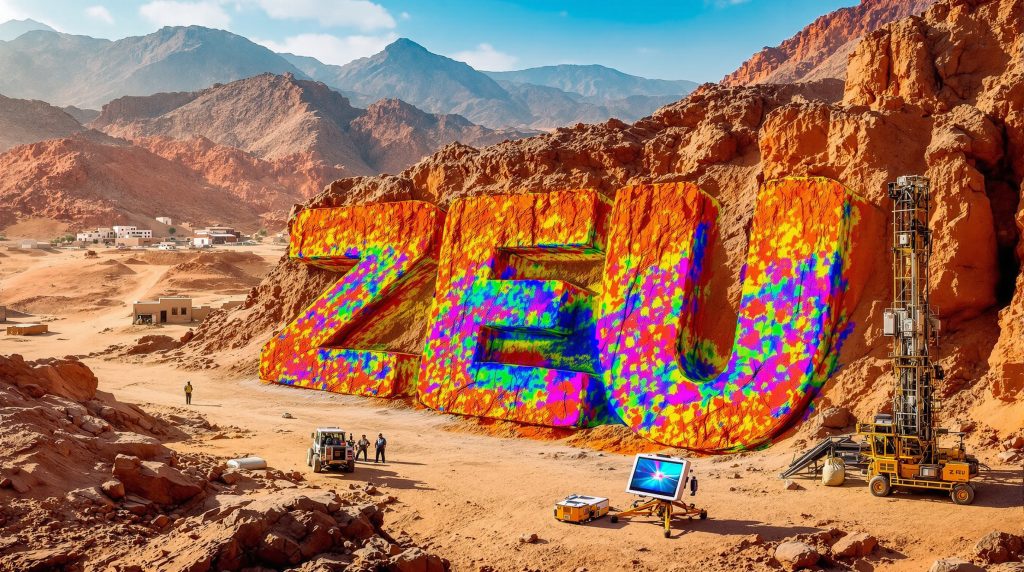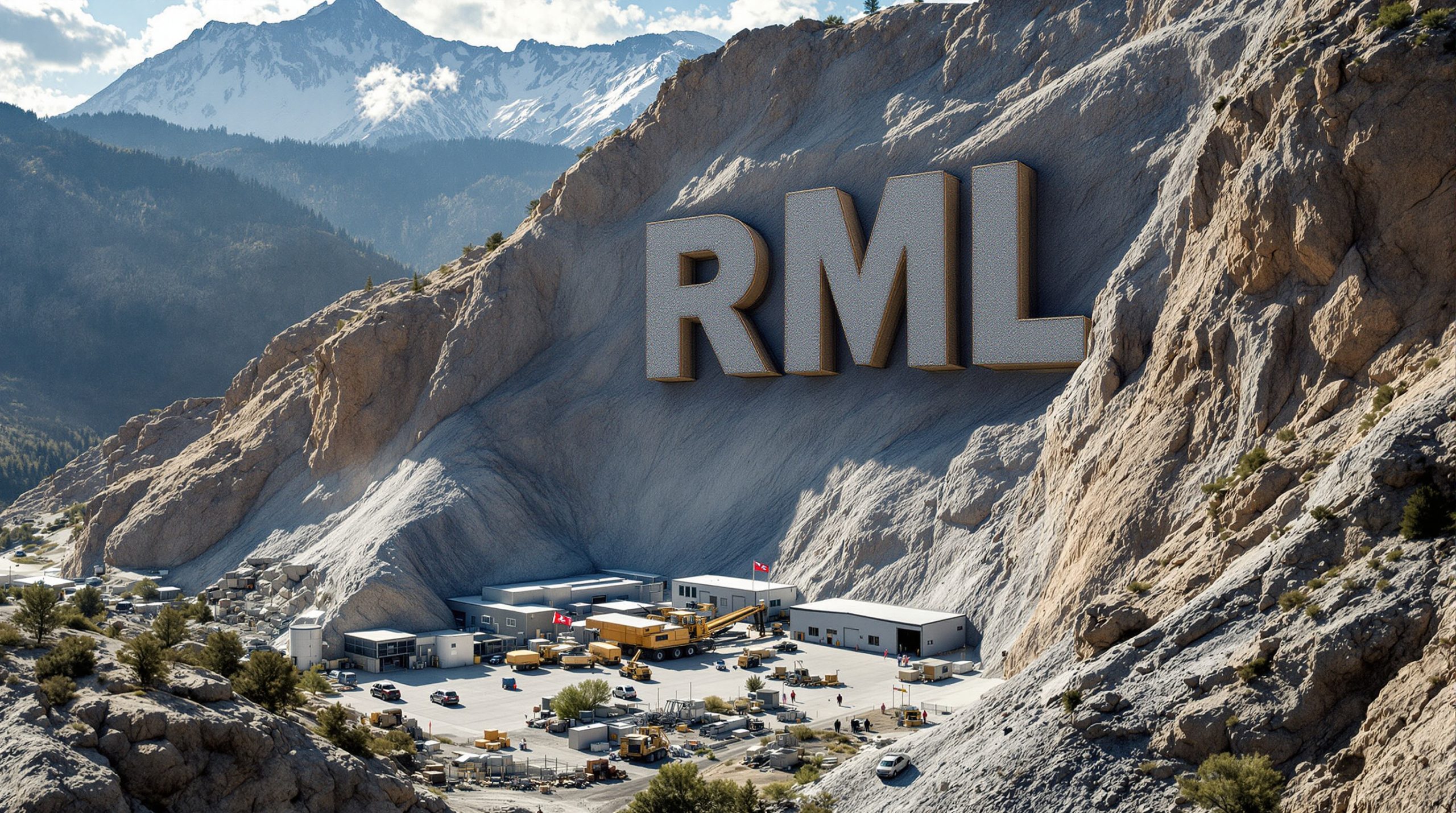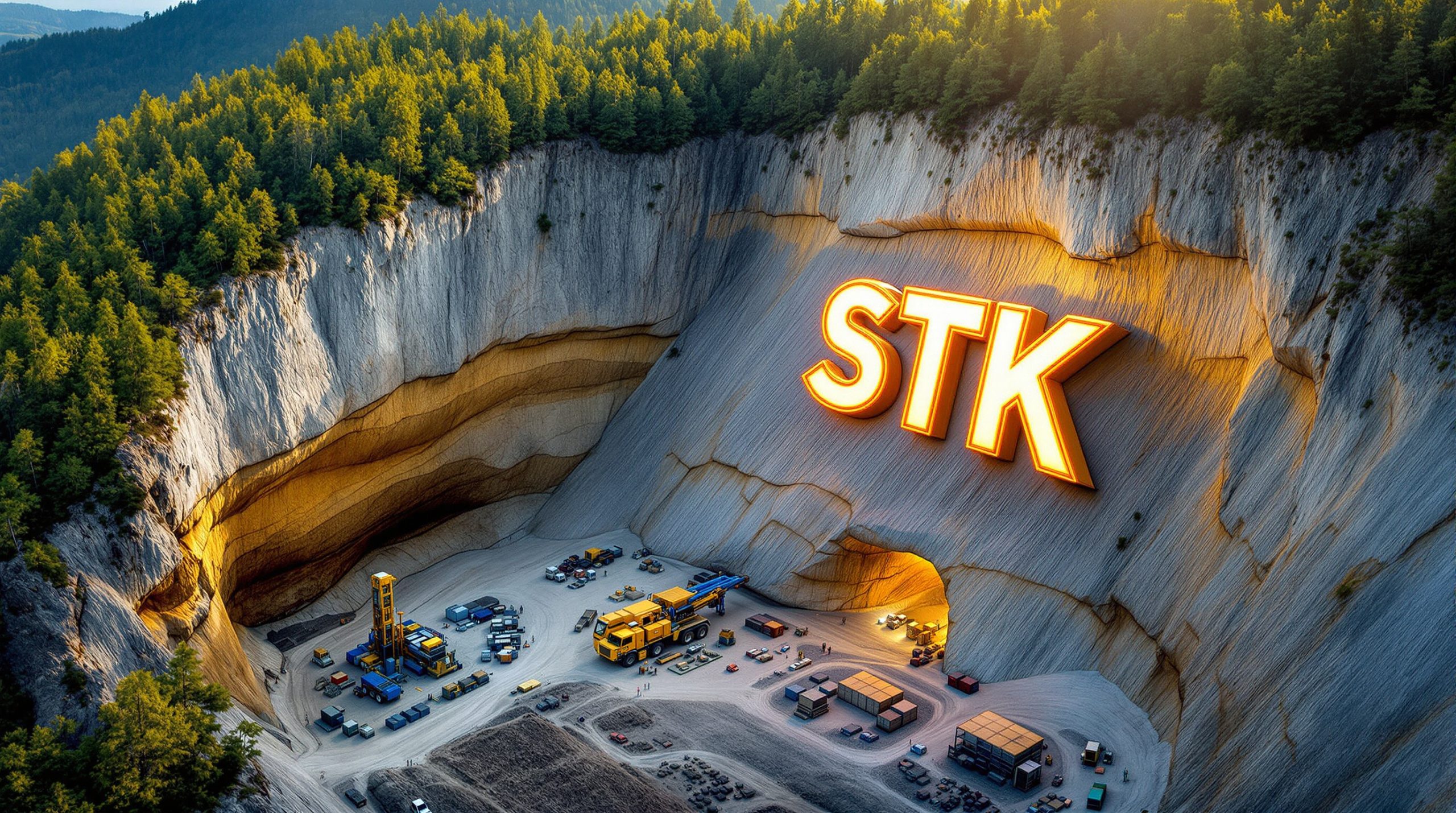Geophysics Reveals High-Grade Antimony Potential at Zeus' Casablanca Project
Zeus Resources (ASX: ZEU) has unveiled compelling geophysical results at its Casablanca Antimony Project in Morocco, identifying multiple drill-ready targets with exceptional potential for high-grade antimony mineralisation.
The recently completed ground geophysical survey has delivered a powerful dual-parameter signature of high chargeability and high resistivity—precisely the combination expected for antimony-rich quartz veins. Most significantly, these anomalies demonstrate increasing strength with depth, suggesting a robust mineralising system with substantial depth potential.
With trenching about to commence and drilling planned to follow, Zeus is systematically advancing this critical mineral project in a jurisdiction increasingly recognised for its mining-friendly environment.
Geophysical Survey Confirms Significant Antimony Targets
The completed ground survey comprised 25 dipole-dipole resistivity and induced polarisation (IP) profiles covering approximately 16 km, strategically positioned to intersect dominant mineralised structures within the project area.
Results have exceeded expectations, with inversion models showing:
- Chargeability values reaching up to 18 mV/V, indicative of significant sulphide mineralisation
- Clear correlation between geophysical anomalies and mapped quartz-stibnite veins
- Strong structural control along the Smaala–Oulmès Fault Zone
- Mineralised structures extending beyond the ~200-230m investigation depth limit
"The survey results provide clear confirmation of both shallow anomalies and continuous zones at depth, directly associated with mapped stibnite veins. With trenching about to commence and drilling to follow, we are well placed to advance Casablanca in a systematic and disciplined way." – Executive Director Hugh Pilgrim
3D Visualisation Reveals Significant Depth Potential
One of the most promising aspects of the survey is the 3D visualisation of chargeability, which clearly demonstrates the depth continuity of anomalies. The geophysical models consistently depict target bodies as sub-vertical or steeply dipping features, providing clear guidance for the upcoming drilling program.
The 100m depth-slice map illustrates NE-SW trending corridors with chargeable zones directly overlapping structural anomalies defined by previous mapping and geochemistry. This multi-dataset correlation significantly enhances confidence in the mineralisation model.
Previous rock-chip samples across mapped stibnite-bearing veins have returned exceptional grades exceeding 10% Sb, with samples as high as 46.52% Sb reported in April 2025, indicating potentially high-grade antimony mineralisation.
What is Induced Polarisation and Why It Matters for Antimony Exploration
Induced Polarisation (IP) is a geophysical method that measures the capacity of subsurface materials to hold an electrical charge after an electrical current is applied and then removed. For antimony exploration, this technique is particularly valuable because antimony-bearing minerals like stibnite (Sb₂S₃) are excellent conductors that produce strong chargeability responses.
When combined with resistivity measurements, which identify resistive features like quartz veins, the dual signature creates a powerful exploration tool. High chargeability coincident with high resistivity is the classic geophysical signature of quartz-stibnite veins, exactly what Zeus has discovered at Casablanca.
For investors, this means exploration risk has been materially lowered, as the geophysical results have confirmed the geological model and identified specific drill targets with high potential for antimony mineralisation.
Systematic Exploration Approach Reduces Risk
Zeus is executing a methodical approach to exploring the Casablanca Project:
- Completed: Ground IP and resistivity surveys across key structural trends
- Imminent: Trenching program to test surface expressions of priority anomalies
- Planned: Drilling program to test anomalies at depth
The upcoming trenching program will provide critical geological control, structural orientation data, and fresh subsurface sampling across the veining systems. Results will directly inform the placement of drill holes in the subsequent drilling program.
The drilling strategy will utilise:
- Inclined holes to intersect sub-vertical structures
- Vertical holes to target well-rooted chargeable bodies
This systematic approach maximises the efficiency of exploration expenditure while progressively de-risking the project.
Strategic Importance of Antimony as a Critical Mineral
Antimony is classified as a critical mineral by major economies including the US, EU, Japan, and Australia due to its essential role in various industrial applications and limited supply sources.
Key antimony applications include:
- Flame retardants for products ranging from children's clothing to aircraft and automobile seats
- Lead-acid batteries essential for energy storage
- Semiconductors critical for electronics and defence industries
The geopolitical risks associated with antimony's supply chain make new discoveries particularly valuable. Currently, China dominates global antimony production, creating significant supply security concerns for Western economies.
Morocco: An Emerging Mining Destination
Zeus' Casablanca Project benefits from Morocco's increasingly attractive mining jurisdiction, characterised by:
- Stable and mining-friendly government
- Modern exploration and mining regulatory framework
- Strategic location with proximity to European markets
- Skilled workforce and local expertise
- Political and economic stability
These favourable conditions, combined with Morocco's strong geological potential, present Zeus Resources Ltd Casablanca Project with a significant opportunity to develop a strategic antimony resource in a geopolitically advantageous location.
Why Investors Should Watch Zeus Resources
Zeus Resources presents a compelling investment case based on several key factors:
-
Critical Mineral Focus: Positioning in antimony, a globally recognised critical mineral with supply constraints and growing demand
-
High-Grade Potential: Previous sampling has returned exceptional grades up to 46.52% Sb, among the highest reported globally for antimony projects
-
De-risked Exploration: Geophysical results have confirmed the geological model and identified specific drill targets, materially lowering exploration risk
-
Systematic Approach: Methodical exploration strategy with clear milestones (geophysics → trenching → drilling)
-
Strategic Jurisdiction: Morocco offers a mining-friendly environment with modern regulations and proximity to European markets
With antimony prices currently showing strength due to supply constraints and the upcoming exploration program poised to deliver significant news flow, Zeus Resources represents an opportunity to gain exposure to a critical mineral project advancing rapidly through the exploration pipeline.
The combination of high-grade surface samples, compelling geophysical results, and a clear path to drilling positions Zeus to potentially establish a significant antimony resource in a strategically advantageous location.
Ready to Explore This Antimony Opportunity?
Discover why Zeus Resources' Casablanca Project could represent a compelling investment in the critical minerals space. With high-grade antimony potential confirmed by geophysics, a systematic exploration approach, and operations in mining-friendly Morocco, ZEU is strategically positioned in the antimony supply chain. Visit Zeus Resources' website to learn more about this ASX-listed opportunity and stay updated on upcoming drilling results.




